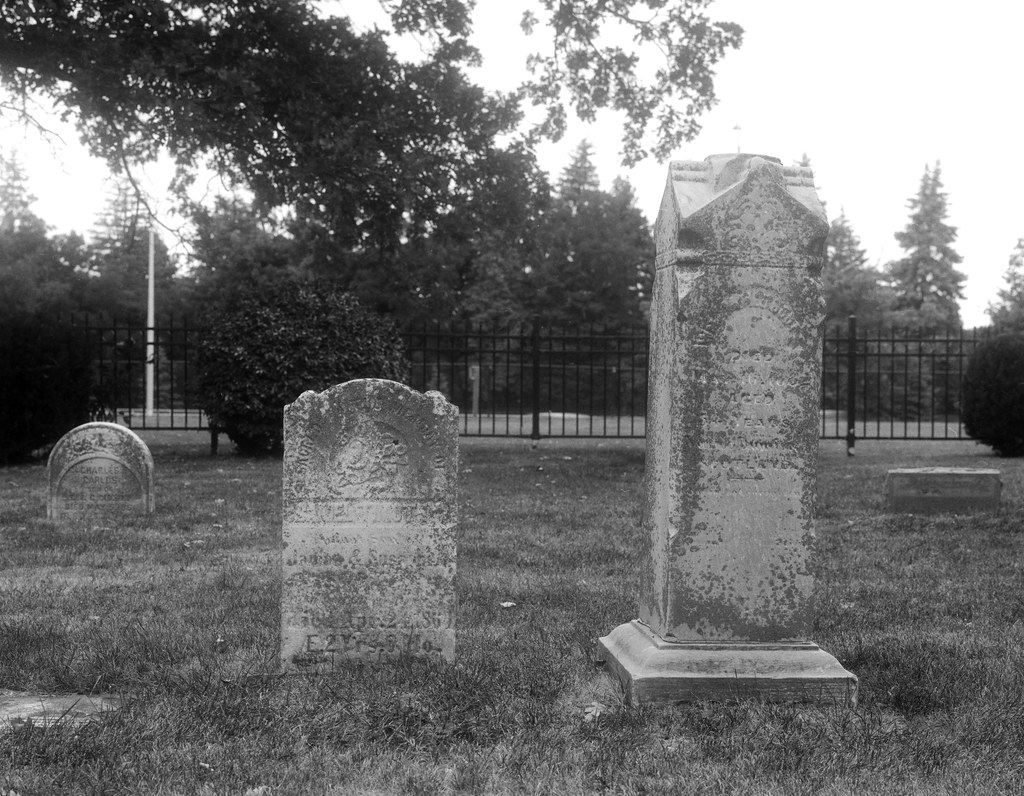The small village of Sixteen is another of the lost villages and was among the first to be lost from Trafalgar Township. Located deep in the Sixteen Mile Creek valley, the village was hard to access because of the dangerous road into the valley.

Of the many villages that made up Trafalgar Township, Sixteen Hollow was among the last ones to be established. In 1827, George Chalmer established a grist mill and a sawmill in the creek valley where Dundas Road crossed the creek; he also built a new bridge over the creek to help those travelling the road. Despite the treacherous climb into the valley and hard drive up the other side, a small settlement quickly grew around the Chalmer’s Mill. An inn, distillery, general store, potash ashery, and a blacksmith. Chalmer’s financial woes in the 1840s forced him to sell his interests to John Proudfoot. The hamlet took on the name Proudfoot Hollow after the transfer. Despite its location, the hamlet continued to thrive through the mid-century. A Presbyterian Church and cemetery were built above the settlement in 1845, and the population peaked at 500 people. But the collapse of the grain trade and the railroad’s arrival would spell the end of the settlement. There were faster means to travel, and stagecoaches would travel further on a stage than in the past. By the 1860s, the settlement began to shrink. By the 1880s, it had all but disappeared, and even the replacement of the original wooden bridge with a steel span in 1885 came too late. By the 1890s, the former hamlet was now a collection of abandoned buildings. The only surviving and active building was the Presbyterian Church which used some of the surviving bricks to update its meeting house at the end of the century. The last vestiges would hang on until 1921, when they were cleared to make room for the new high-level bridge to carry Highway 5 over the creek valley. Today the only surviving remains are the congregation of Knox Sixteen, the attached cemetery and some information plaques spread through Lion’s Valley Park.
It took a bit of time to figure out exactly what to photograph to represent the lost village of Sixteen. While there isn’t much left, I have already captured the church in this year’s first project and didn’t want to use it again. But between the conservation efforts and the constant improvements of Dundas Street, there was nothing but plaques through Lion’s Valley Park. So it was back to the church with a focus on the cemetery. I was wandering through the graveyard in search of old graves. While the oldest were challenging to compose, these were among the oldest. Using my 180mm, I could back off a bit and went with a shallow depth of field to throw the background out of focus. It was also the first overcast day I headed out, so it proved easy to meter off the graves and take the settings directly from the meter.